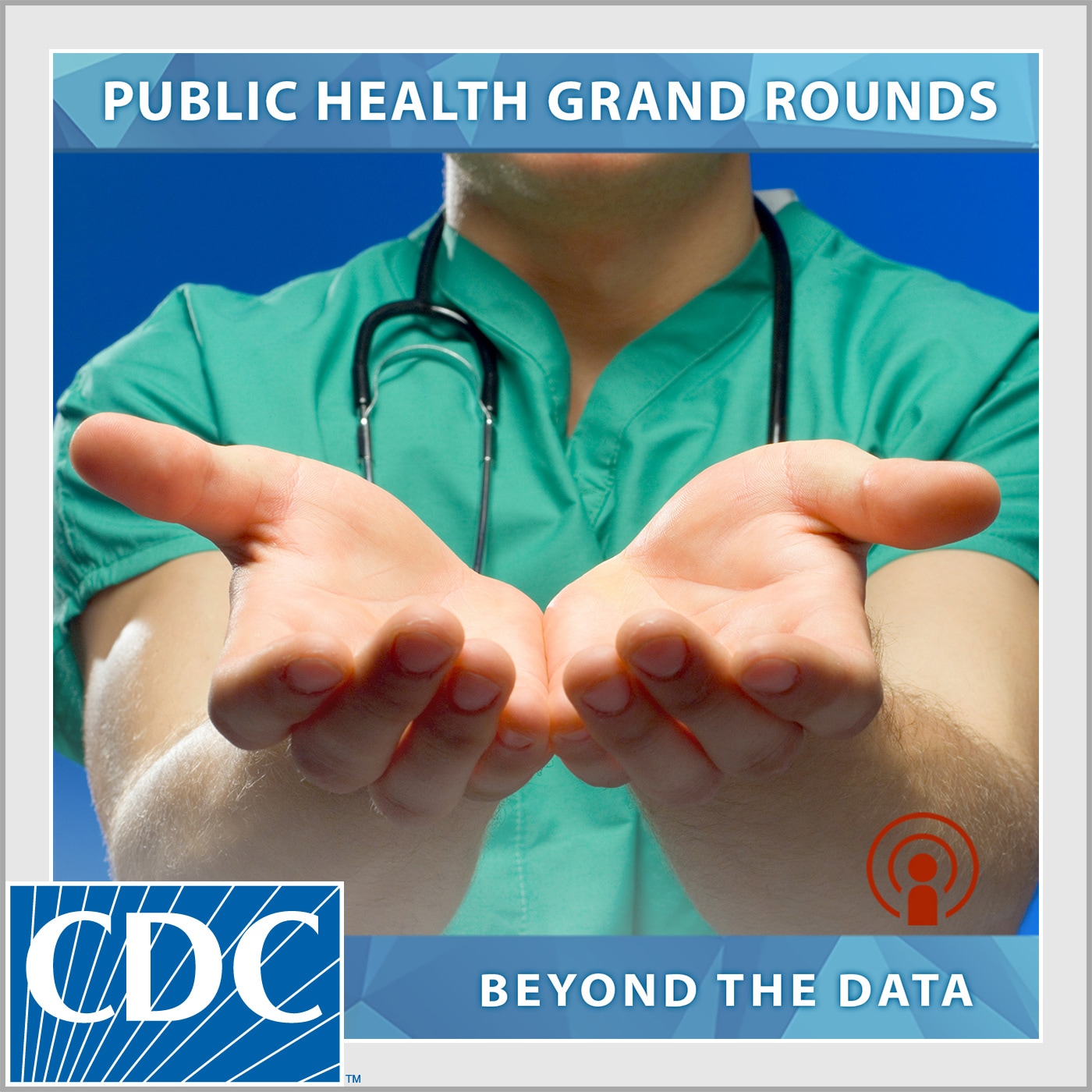Reducing Polysubstance Use in Pregnancy
Presented on .
The live web stream of the August session of Public Health Grand Rounds, “Reducing Polysubstance Use in Pregnancy” was viewed by 1,174 people in 4 foreign countries, 49 states, and the District of Columbia.
The use of multiple substances, including tobacco, alcohol, and opioids, during pregnancy can have negative effects on a pregnant person and the developing baby. Research suggests that polysubstance use (using more than one substance at a time) during pregnancy is common. Recent evidence suggests that polysubstance use is highest during early pregnancy.
This session of Public Health Grand Rounds will discuss adverse maternal and child health outcomes caused by polysubstance use, how data can improve our understanding of polysubstance use, and how screening and brief interventions may reduce prenatal substance exposure and improve the health of women and infants.
The use of multiple substances, including tobacco, alcohol, and opioids, during pregnancy can have negative effects on a pregnant person and the developing baby. Drs. John Iskander and Suzanne Gilboa discuss what CDC and its partners are doing to reduce prenatal substance exposure and how screening and brief interventions may reduce prenatal substance exposure and improve the health of women and infants.
Recommendations about reducing substance use in pregnancy have been twisted to be used as the basis for criminal proceedings against pregnant women. What can the CDC do to help prevent public health messages about substance use during pregnancy being used to punish pregnant women?
CDC considers substance use disorder a chronic disease and its medical and behavioral management can be approached similarly to other chronic conditions such as hypertension or diabetes. Thus, our approach to identifying and preventing substance use in pregnancy aligns with a disease prevention and treatment model. We know that punitive measures for women who use substances during pregnancy have not been shown to be effective in reducing substance use and can deter women from seeking needed care and treatment. CDC cannot change state policy, but we capture and report on data that can inform the evidence base and ultimately influence policy. We work with our trusted partners to raise public awareness as well as influence clinical guidance. Our clinical partners such as the American College of Obstetricians and Gynecologists (ACOG) and the American Academy of Pediatrics (AAP) have strong positions and clinical guidance about this issue—specifically against maternal criminalization and separation of infants from their mothers.
How does alcohol impact the pregnant state of a woman?
Alcohol use during pregnancy can cause lifelong birth defects and developmental disabilities known as fetal alcohol spectrum disorders or FASDs. Prenatal alcohol exposure is also associated with an increased risk for miscarriage, stillbirth, preterm birth, and sudden infant death syndrome (SIDS). Alcohol can have different effects on different pregnancies, depending on factors such as a pregnant person’s genetics, metabolism, and nutritional status.
When the e-SBI is used, it was mentioned that the results would be capable of being anonymous. How would providers be able to provide a person-to-person intervention? Would only some of the results remain anonymous or would enough information be made available for providers to be able to have that conversation. Would an in-person conversation be as effective as anonymity and self-referral?
Electronic screening and brief intervention (e-SBI) is designed to promote traditional connections between provider and patient rather than to replace them; but at the same time it is also meant to be a greatly preferable alternative to the most common scenario, in which providers don’t offer a brief intervention and/or patients do not disclose use. When e-SBI is used completely anonymously and patients are simply encouraged to talk with their providers about their use, patients’ rates of substance use disclosure to their providers have doubled. Alternatively, patients can be given the option for their e-SBI responses to be anonymous or shared with their providers; when using this approach, researchers have found that over 90% of patients do choose to share their results. Finally, the literature on electronic vs. in-person brief interventions is very early. In a recent randomized trial (2018), Martino et al. found that in-person and electronic brief interventions were each superior to enhanced treatment as usual. There were no significant differences between the electronic and in-person brief interventions, but the electronic intervention was more cost-effective.
- Suzanne Gilboa, PhD
- Senior Scientist
Infant Outcomes Monitoring, Research, and Prevention Branch
Division of Birth Defects and Infant Disorders
National Center on Birth Defects and Developmental Disabilities, CDC
"Polysubstance Use in Pregnancy – What We Know"
- Kathleen Mitchell, MHS, LCADC
- Vice President and International Spokesperson
National Organization on Fetal Alcohol Syndrome
"Overcoming Stigma and Bias to Reduce Prenatal Substance Exposures"
- Marcela Smid, MD, MA, MS
- Assistant Professor
Maternal Fetal Medicine/Addiction Medicine
University of Utah
- Julie Shakib, DO, MS, MPH
- Associate Professor
Pediatrics
University of Utah
"Putting the LINK in MAT-LINK: Linking Clinical Data and Surveillance of Substance Use in Pregnancy"
- Steven Ondersma, PhD
- Professor
Department of Obstetrics and Gynecology, Division of Public Health
Michigan State University
"Electronic Screening and Brief Interventions for Substance Use in the Perinatal Period"
- John Iskander, MD, MPH,
- Scientific Director
- Susan Laird, DNP, MSN, RN,
- Communications Director
Get notified about the latest updates from Public Health Grand Rounds right in your inbox by setting up an alert today!
Get notified about the latest updates from Public Health Grand Rounds right in your inbox by setting up an alert today!Sign Up
Get notified about the latest updates from Public Health Grand Rounds right in your inbox by setting up an alert today!
CDC Course Code: PHGR10
CPE UAN: JA0387-0000-20-027-L04-P
For more information, see Grand Rounds Continuing Education.


